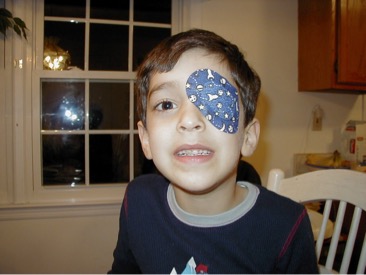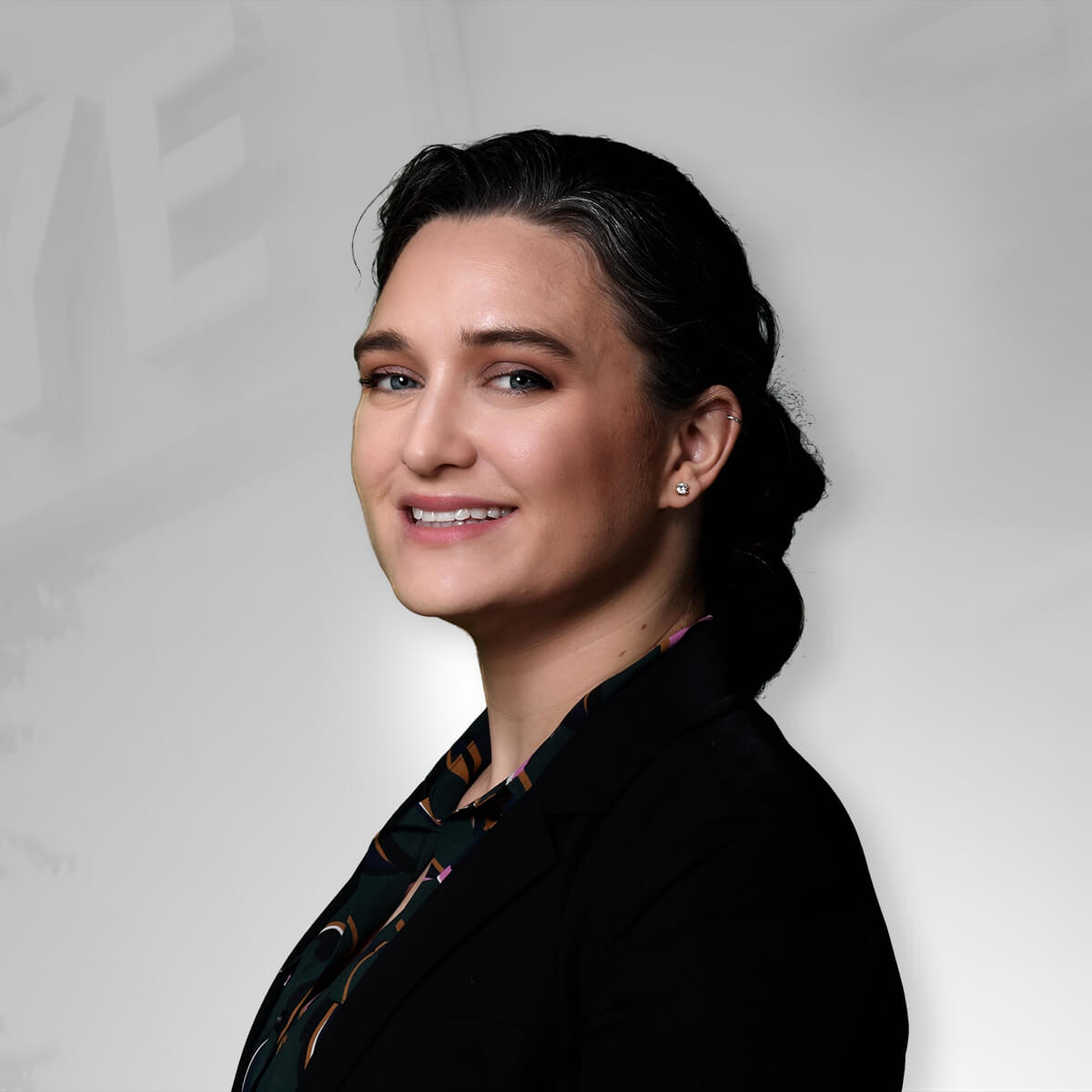Call Us: 215-928-3240
Amblyopia is decreased vision due to a problem in vision development during childhood. When a child is born, the connections between the brain and the eyes are not fully formed and they must develop during their early years. If a child has worse vision in one eye compared to the other, the eye connections to the brain weaken from the “weaker” eye. This has been called a “lazy eye.” Even if you later correct the cause of the “weakness” in the eye, the vision doesn’t improve because the signal doesn’t get through to the brain. After 12 years of age, the loss of vision in the “lazy” eye becomes permanent.
Blurred vision in one eye can be caused by many things, such as differences in refractive error (glasses strength) between the eyes, the eyes not being aligned, or problems in the eye which block vision, like cataracts or scars.

Patching the “good” eye when children are young is a very effective way of treating amblyopia because it forces the brain to pay attention to the image coming from the weaker eye, and develop the necessary connections with that eye. Treatment with a drop that blurs the vision in the good eye can also be effective.
The length of time needed to patch varies. In some, vision improves in a few weeks, while in others it takes many months to get the best results. Your child's eye doctor will keep track of improvements in their vision and will recommend the best length of time to patch based on their evaluation of your child.
As long as your child is awake and has their eyes open, any activity will work.

Many children will dislike wearing a patch at first. Try not to become discouraged if your child refuses patching as this is very common early on. It may be helpful to associate wearing the patch with good feelings for your child using praise or rewards when patching is done for the prescribed time. You can have your child do something fun such as watch TV or play video games with the patch. If your child is old enough, it may help to explain to them why the patching is being done and that their vision will improve, even if it looks blurry right now.












